What is Flat Glass? Where is it used? Glass, one of the oldest building components, has been living its golden age for more than 20 years as it is an indispensable element of modern architecture.
It has a molten tin pool heated at 1100°C. The glass is floated on the tin so that both sides of the glass are flawless and parallel to each other. At the same time, the thickness of the glass and the width of the glass strip are formed. By reducing the temperature of the glass strip coming out of the tin pool in a controlled manner. Glass stresses are removed in the cooling section. It is cut in the desired dimensions on the glass cutting line, collected in packages and made ready for shipment.
Reflective Glass is created by applying a metallic coating to the surface of ordinary flat glass to block the sun’s heat. Meanwhile, this special metallic coating provides a one-way mirror effect, blocking visibility from the outside and protecting privacy. It is generally used on facades.
Heat Insulation Glass reduces heat escape by half compared to single glass. It is an insulating glass unit formed by bringing together two or more glass plates in factory conditions to accommodate dry air or gases suitable for ambient pressure.
Insulating glass, aluminum spacer strip and air drying materials are combined with primary sealing “polyisobutylene”, secondary sealing “polysulfide” or “special silicone”.
Storage
The packaging should be removed immediately after delivery to the warehouse.
Both sides should be wiped with dry cloth.
It should be placed on wedges with longer sides at an angle of 5° from the horizontal.
To ensure air circulation, the windows should be spaced with special wedges.
Rubber material should not be contacted with the painted surface (or rubbers that are conditioned at 110oC for 3 days and do not contain sulfur should be used)
Mirrors should be stored in well-ventilated, dry and thermally stable places. It should not be stored in places with high humidity, the presence of chemical gases should be avoided.
Due to the unfavorable storage conditions, shorter storage times are recommended and the warehouse should be arranged accordingly.
Loading
When installing a mirror, rough and uneven surfaces should be smoothed to avoid distortion of the image.
Freshly plastered and newly painted surfaces must be completely dry before mirror assembly.
In order to prevent moisture, a gap should be left between the mirror and the application surface to ensure air circulation.
While framing the mirror, elastic material should be used between the mirror and the frame in order not to damage the edges of the mirror.
When mounting multiple mirrors side by side, a joint should be made between the mirrors to prevent compression and breakage. In order to prevent image distortions in vertical applications, care should be taken to mount the mirror at an angle of 900 degrees from the ground.
When mounting the mirror mechanically with screws, neoprene or plastic gasket should be used to prevent the glass and screw from coming into contact.
 +90 (535) 543 76 74
+90 (535) 543 76 74
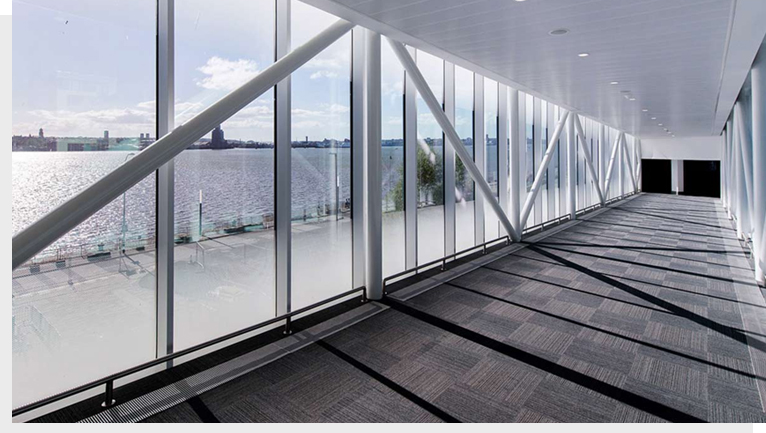 FLOAT GLASS
FLOAT GLASS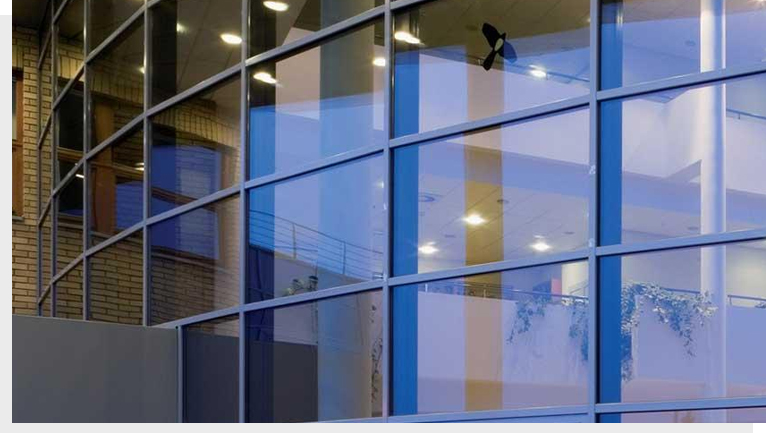 TINTED GLASS
TINTED GLASS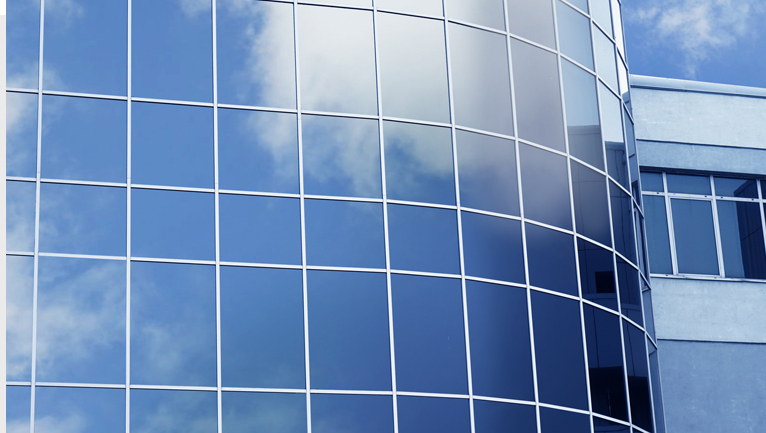 REFLECTIVE GLASS
REFLECTIVE GLASS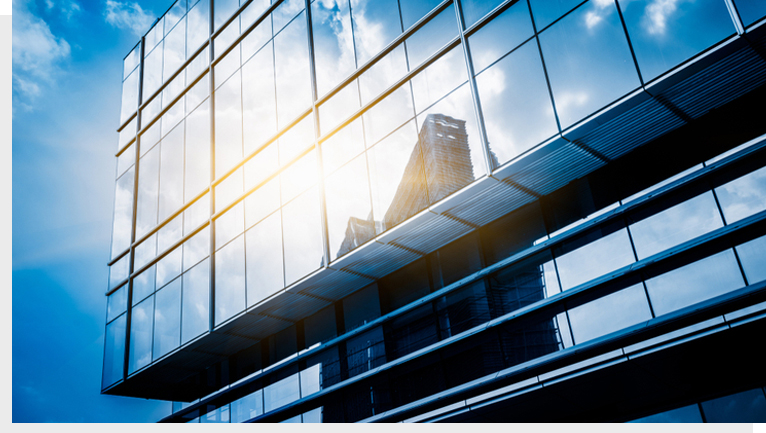 LOW-E / SOLAR LOW-E GLAS
LOW-E / SOLAR LOW-E GLAS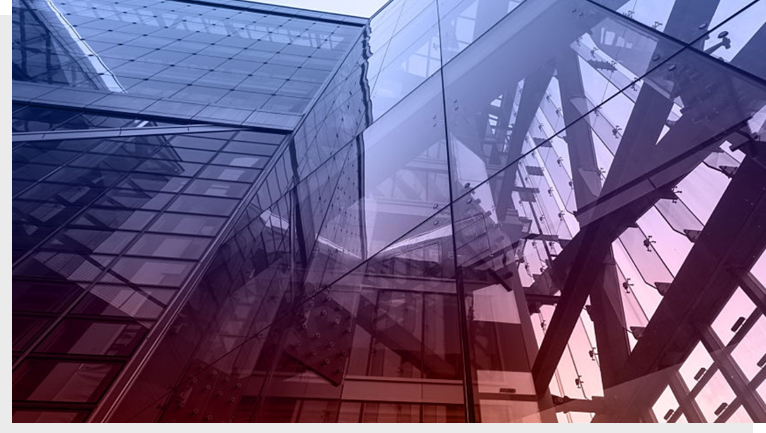 TEMPERED GLASS
TEMPERED GLASS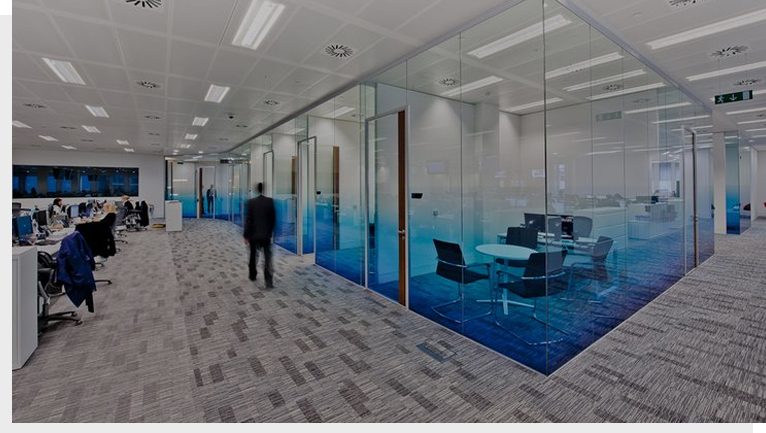 DECORATIVE GLASS
DECORATIVE GLASS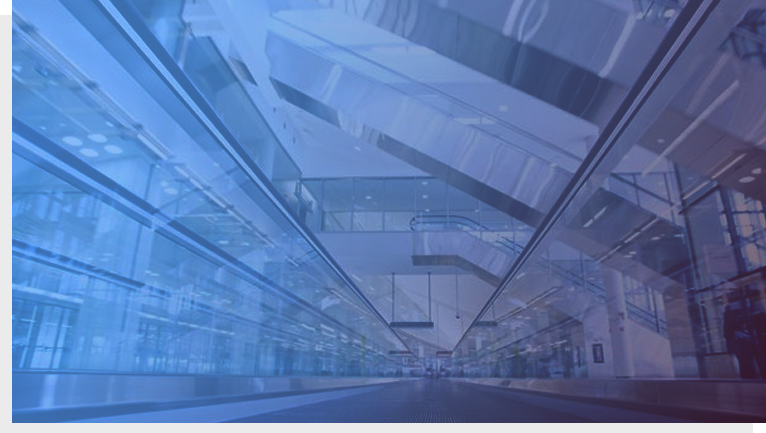 LAMINATED GLASS
LAMINATED GLASS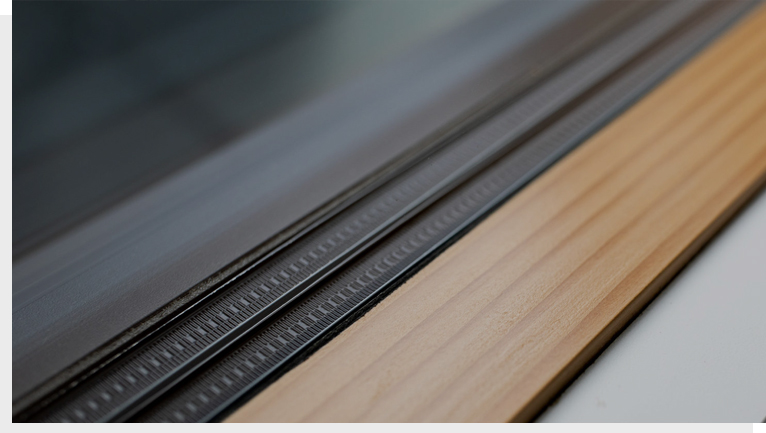 TRIPLE GLAZING SYSTEM
TRIPLE GLAZING SYSTEM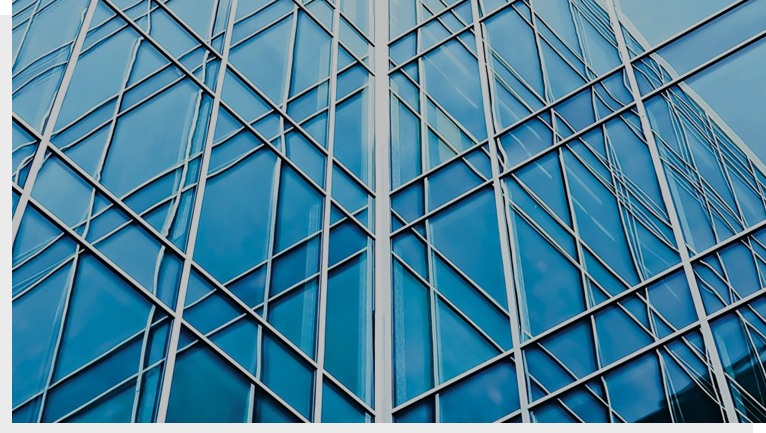 DOUBLE GLAZING SYSTEM
DOUBLE GLAZING SYSTEM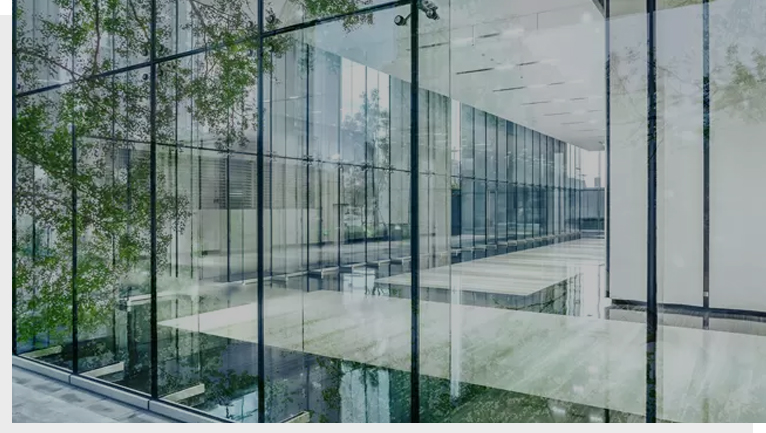 LAMINATION PROCESS
LAMINATION PROCESS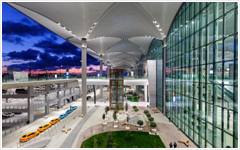 AIRPORTS
AIRPORTS HOSPITALS
HOSPITALS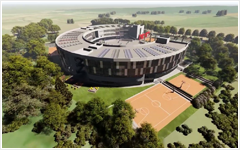 UNIVERSITY & SCHOOL
UNIVERSITY & SCHOOL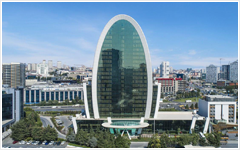 HOTELS
HOTELS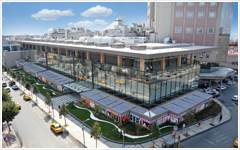 SHOPPING MALL
SHOPPING MALL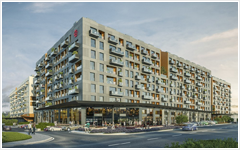 RESIDENTIAL BUILDING
RESIDENTIAL BUILDING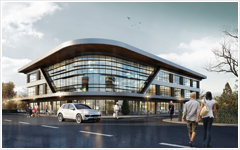 RESIDENTAL & BUSINESS CENTER
RESIDENTAL & BUSINESS CENTER OTHERS
OTHERS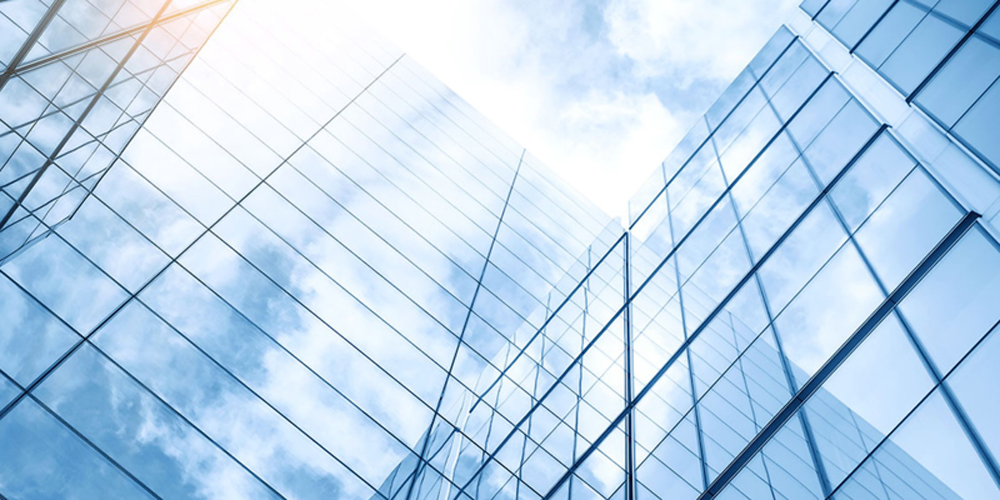
 +90 (262) 375 32 11
+90 (262) 375 32 11